The Hunger Games districts introduced in books and movies make up the dystopian nation of Panem. Each district was responsible for a different segment of Panem’s economy, and, together, they kept the post-apocalyptic world habitable. There were 12 distinct districts within Panem. The entire nation was run by an authoritarian-totalitarian dictatorship led by President Snow from the Capitol. The laws were violently enforced by the Panem government and their army of Peacekeepers. The 13th of the Hunger Games districts, independent of Panem, continued to operate in secrecy which later came into play during the rebellion efforts inspired by Katniss Aberdeen in Mockingjay.
Every year, Panem forced two children from each district to compete in the Hunger Games, a deadly event that pitted innocent citizens against each other. Due to the Hunger Games and the government’s treatment of most of Panem, many districts viewed the Capitol as their enemy. The government, however, was highly dependent on the districts to supply products through a wide array of industries.
The Complete Hunger Games District Map
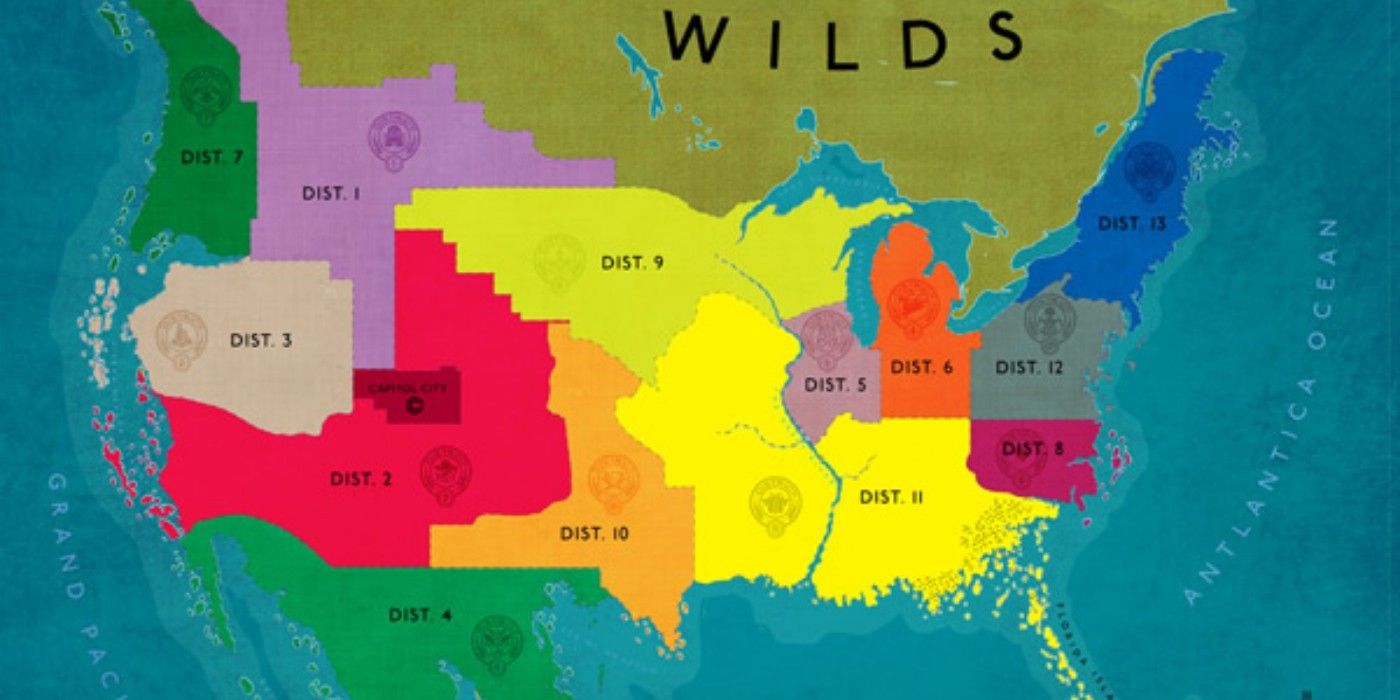
Pictured above is Panem’s complete map as described in The Hunger Games books and movies. The map of North America has been clearly edited to show the effects of the future, such as Florida’s disappearance and the large gap in California’s landscape. Each district represented on the map has a greater function within the Hunger Games universe. Every Hunger Games district, including the most victorious, and its role, is interesting.
District 1

Members of District 1 were known to produce luxury items such as jewelry. Due to their skill in craftsmanship, the goods that came out of District 1 were used to decorate the Capitol. Those who lived in District 1 were some of the wealthiest citizens of Panem. Tributes from District 1 were known as “Careers” because they trained for years before competing in the Hunger Games, using their wealth and status to become elite warriors and get a leg up on the competition.
District 1’s past victors include Gloss (63rd Hunger Games), Cashmere (64th Hunger Games), and Augustus Braun (67th Hunger Games). Other notable District 1 citizens include Marvel, a tribute in the first Hunger Games movie played by Jack Quaid and the first person Katniss killed in The Hunger Games.
District 2

Located in the Rocky Mountains, District 2 was one of the largest communities in Panem. It was also home to wealthy citizens, resulting in a positive relationship with the Capitol. District 2 was known for its masonry and weapon manufacturing. In Mockingjay, it was revealed that the Capitol’s army of Peacekeepers trained in District 2. Among the victors of District 2 are Brutus, Enobaria, and Lyme while some other notable members include Clove and Cato, the villains of the first Hunger Games movie.
District 3

The primary industry in District 3 was technology as the people there produced televisions, computers, and other electronics. During Katniss’ Victory Tour, she noticed that District 3 was one of the more rebellious districts. One of the most memorable members who came out of District 3 was Beetee, a victor who displayed his engineering and technology knowledge multiple times during the Second Rebellion of Panem. He is joined in the 75th Hunger Games by his fellow District 3 victor Wiress who was killed during the games.
District 4

District 4 specializes in the fishing industry with the citizens trained in this industry from a young age. The citizens in District 4 were known to be wealthy and very good-looking. Their tributes were also Careers and were generally seen as strong contenders thanks to their ability to find food for themselves. The most notable member Hunger Games winner from District 4 is Finnick Odair who becomes an ally of Katniss. Other notable victors include Annie Cresta who became Finnick’s wife during the Second Rebellion as well as Mags Flanagan who was the winner of the 11th Hunger Games.
District 5

District 5 was responsible for power and electricity. The area produced the electricity that powered all of Panem. They housed a hydroelectric dam where many of the citizens worked. The dam became a target by the rebels in Mockingjay as they tried to cut out the power in the Capitol. Among the victors of District 5 is Porter Millicent Tripp (38th Hunger Games). Other notable members of District 5 include Hy, Sol, and Foxface who died in the Hunger Games after eating poison berries, giving Katniss the idea to use them against the Capitol.
District 6

The core industry within District 6 was transportation. It served as the hub for the transport network throughout all of Panem. Like District 3, District 6 supported Katniss and the rebellion’s efforts against the Capitol. While there are no significant District 6 citizens who appear in the original Hunger Games movies, two of their notable tributes, Otto and Ginee, competed in the 10th Hunger Games which will be seen in the prequel movie The Hunger Games: The Ballad Of Songbirds And Snakes.
District 7

District 7 supplied Panem with copious amounts of lumber. The area was said to be surrounded mostly by trees and the tributes of District 7 often use the signature weapon of an ax. The most noteworthy member of District 7 was Johanna Mason who was part of the plan to rescue Katniss from the 75th Hunger Games. Some other notable members are former victor Blight who also fought in the 75th Hunger Games as well as Treech and Lamina who competed in the 10th Hunger Games.
District 8
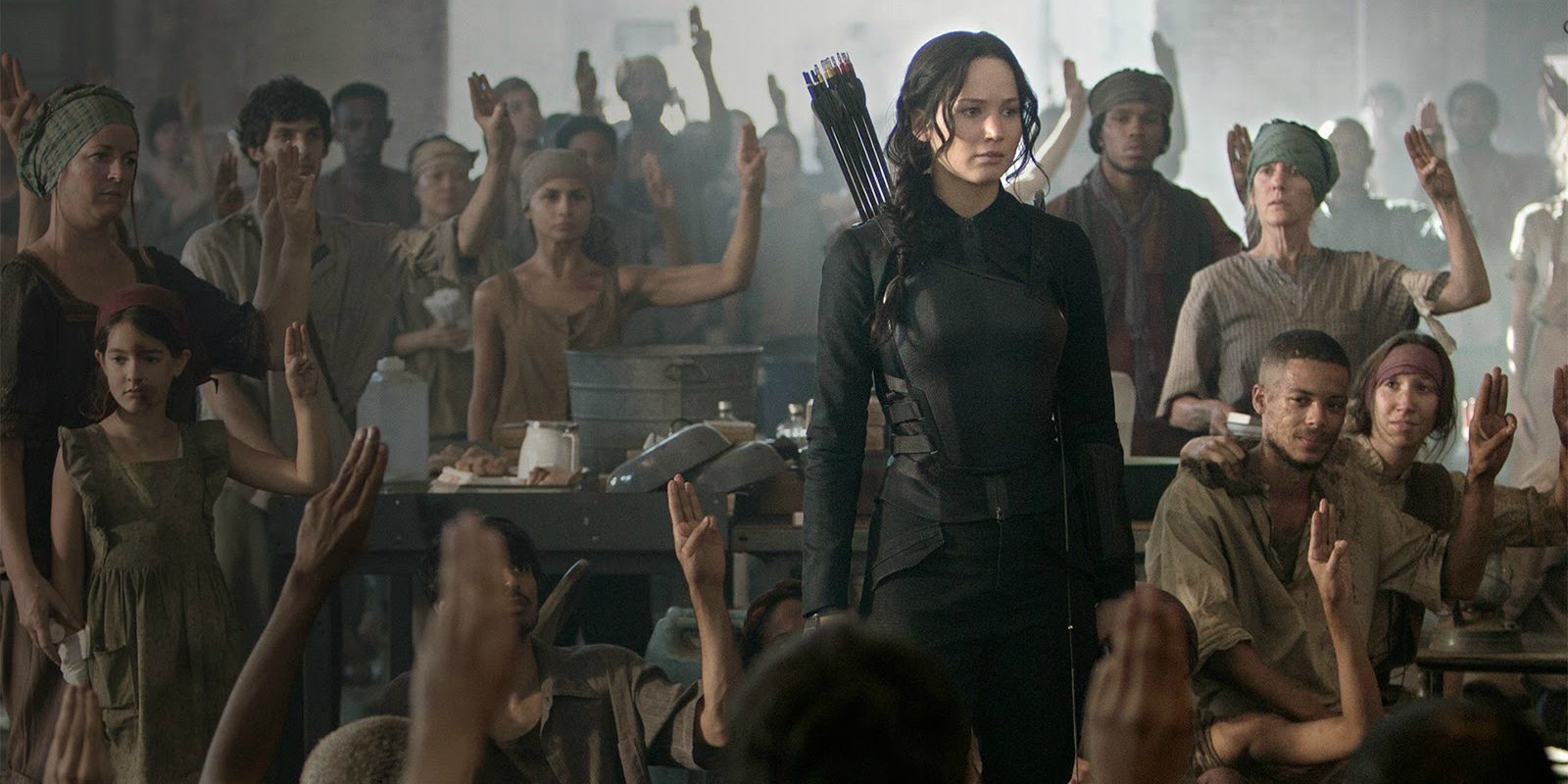
District 8 was known for its work in the textiles industry. One of their factories was dedicated to producing the uniforms used by the Peacekeepers. Along with a few other districts, District 8 was instantly open to joining the rebellion. Two of District 8’s former victors, Woof and Cecilia, returned for the 75th Hunger Games only to both be killed in the opening moments. Other notable tributes include Wovey and Bobbin who is killed by the young Coriolanus Snow.
District 9

The principal industry at the focus of District 9 was grain production. The area was the least referenced district in all of Panem. Not much is known about the victors or tributes from District 9, however, Sheaf and Panlo are the tributes who compete in the 10th Hunger Games. Otherwise, there really isn’t much known about District 9.
District 10
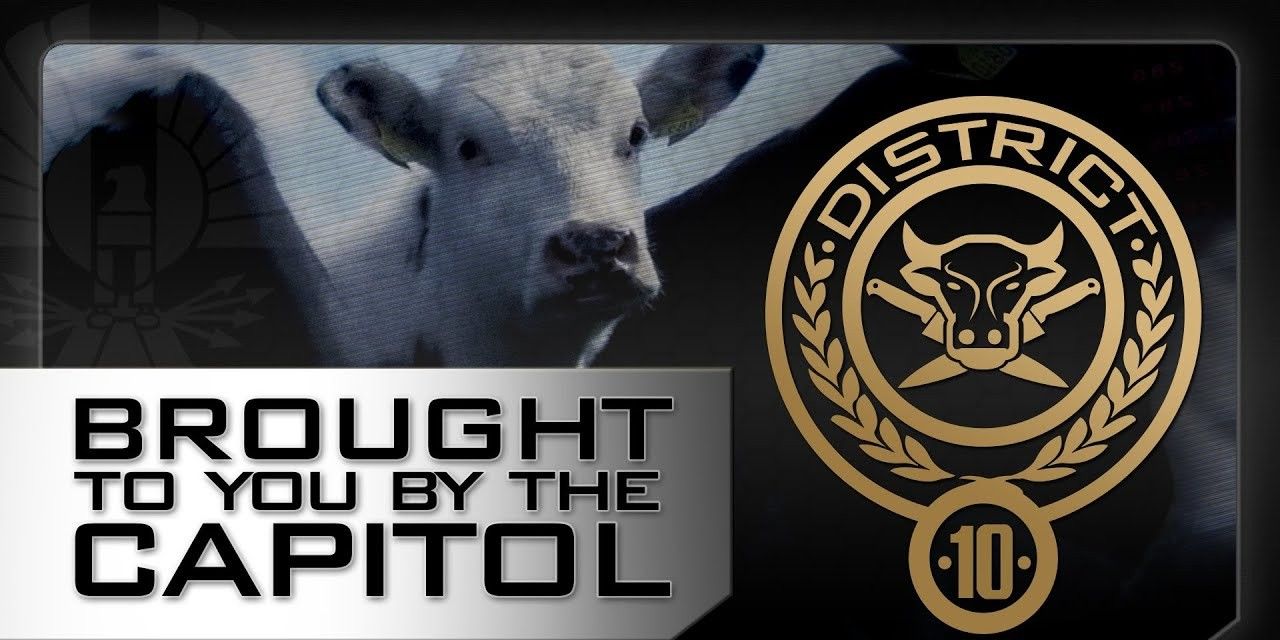
District 10 focused on the livestock industry. Their main job was to raise animals and supply the meat to the Capitol. Katniss never mentioned any of the specific tributes from District 10. Brandy and Tanner are the District 10 tributes for the 10th Hunger Games.
District 11
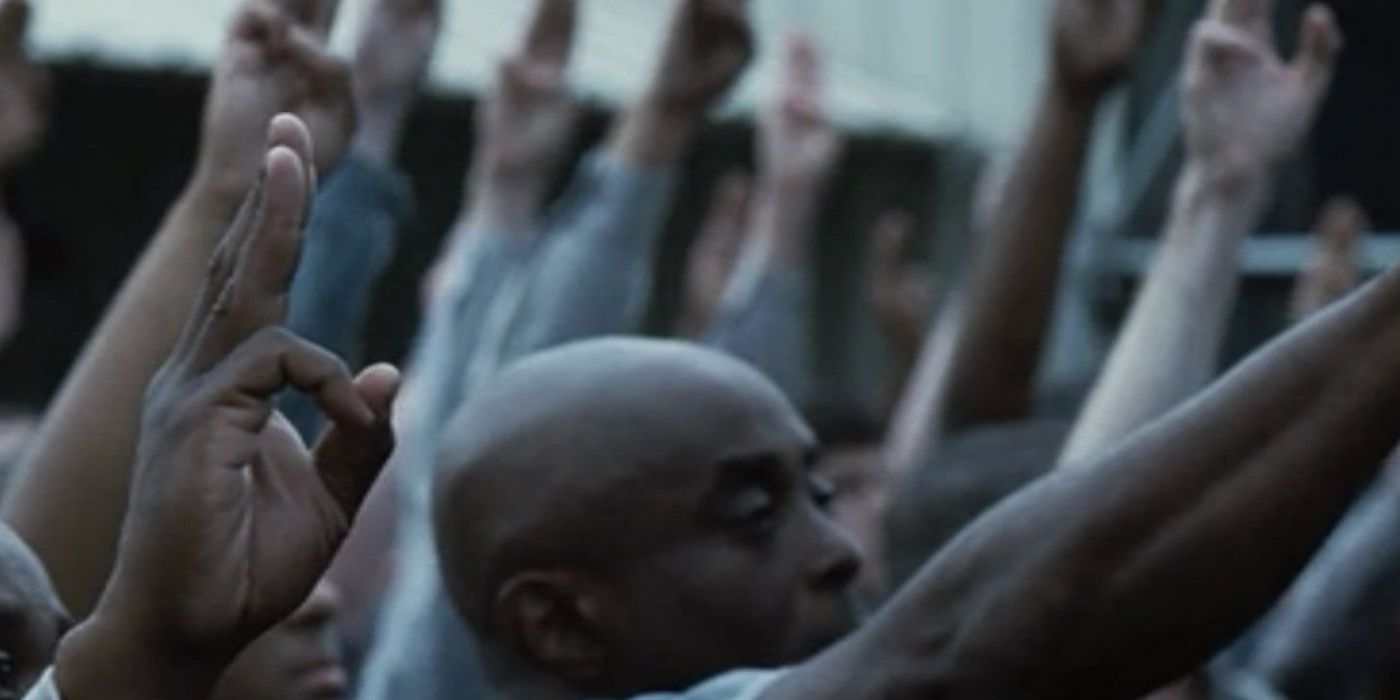
District 11 was said to be composed of a vast area, possibly the entire Southern region of Panem. Agriculture was the main industry of District 11, as the land was covered in orchards, crop fields, and cattle farms. District 11 was one of the poorest districts, and its citizens lived in small shacks in an area patrolled by Peacekeepers. Rue was one of the most notable citizens that came out of District 11, marking one of the most tragic deaths in the Hunger Games movies with Katniss’s salute to Rue igniting the rebellion in District 11.
District 12

District 12 was the smallest and poorest district in Panem. The district was located in Appalachia, and their primary industry was coal mining. After the Second Rebellion, the coal mine was closed, and the district began to produce medicines. Katniss, Peeta, Gale, and Haymitch were notable members of District 12 and became the center of the Second Rebellion. When Katniss is rescued from the 75th Hunger Games by the rebels, President Snow bombs District 12 as punishment. Lucy Gray Baird, the hero of The Hunger Games: Ballad of Songbirds and Snakes, is also a District 12 tribute who fought in the 10th Hunger Games.
District 13
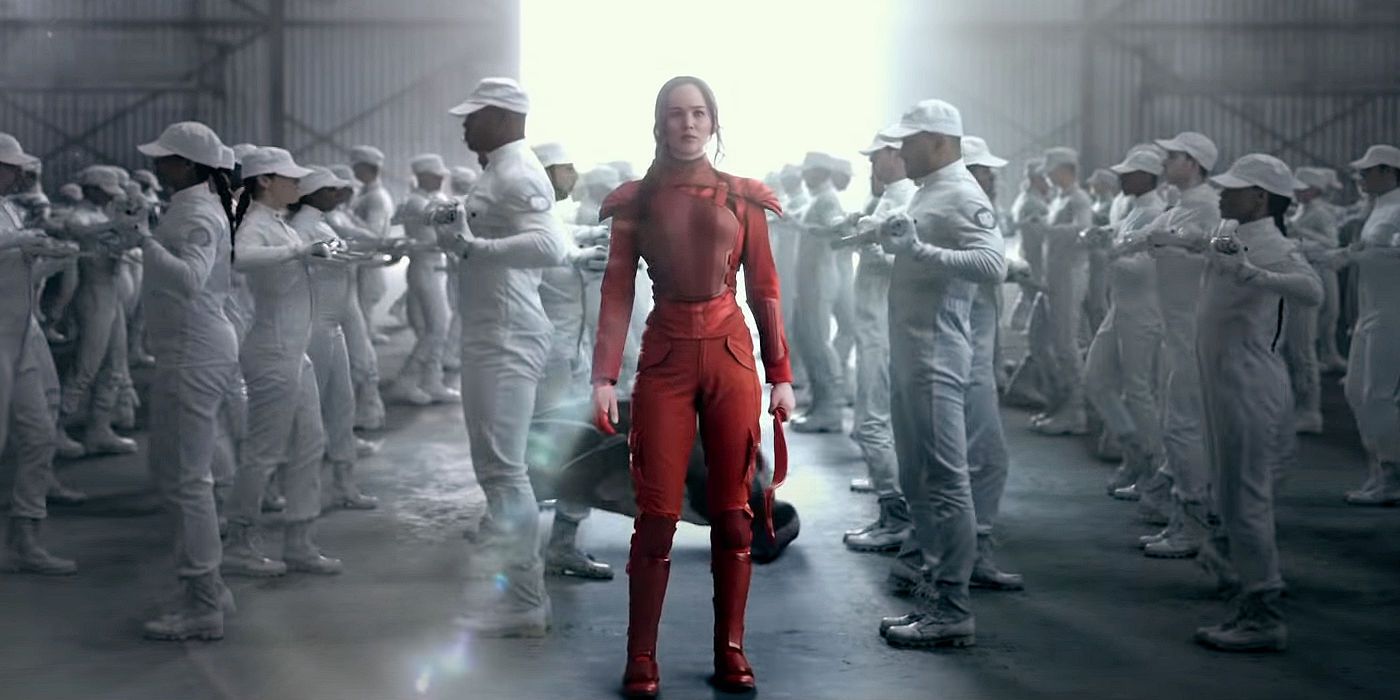
District 13 was thought to have been destroyed by the Capitol during the First Rebellion, but it evidently made a deal to act as an independent nation. Before it seceded, District 13 was known for mining graphite, but its hidden industry was nuclear technology. District 13’s underground facility later became the center of the new rebellion.
How Will Panem’s Districts Be Different In The Ballad Of Songbirds And Snakes?

The prequel novel The Ballad Of Songbirds And Snakes is set 64 years before the events of Katniss’ first trip to the Hunger Games. In it, President Snow isn’t yet a political figure and is a student placed in charge of mentoring a District 12 tribute in Panem’s 10th Hunger Games. Hunger Games fans will remember that previous winners of the Hunger Games usually mentor tributes in their own district, but with only 10 games at the time of the novel, not every district has a victor yet. With the story being set so far in the past, there’s room for the movie to flesh out the different Hunger Games districts a bit more than what audiences saw in the original Hunger Games trilogy.
The novel still places a large focus on District 12 with tribute Lucy Gray Baird being the person Snow has to mentor. Even District 12 is different from the district fans know in this story though, and that’s sure to be shown in the movie. It’s not just the Hunger Games themselves that will be different. The district hasn’t yet stopped mining and isn’t in as dire straits as in Katniss’ childhood. Lucy, played by West Side Story’s Rachel Zegler, is a singer, after all, a job that wouldn’t exactly be seen in Katniss’ day as there isn’t any extra money to spend on performances.
The other two districts that are likely to get quite a bit more attention in the movie are 11 and 2. Both districts have mentors that Snow, played by Tom Blyth, is personally affiliated with, so their tributes and their customs should play a large role in Snow’s big screen story. Most of all, however, is the fact that the movie is set right after a major rebellion occurs that the Capitol quelled, unlike what happens with Katniss’ rebellion. That means the measures that the Capitol has taken to control the different districts in the past, and just why some are more loyal than others when Katniss and her allies rebel 65 years later, should be more evident.
The Hunger Games themselves are still being defined when Snow is forced to become a mentor, but the districts are already clearly defined by how valuable they are to the Capitol, and that should be reflected in the Hunger Games: The Ballad Of Songbirds And Snakes as well.




